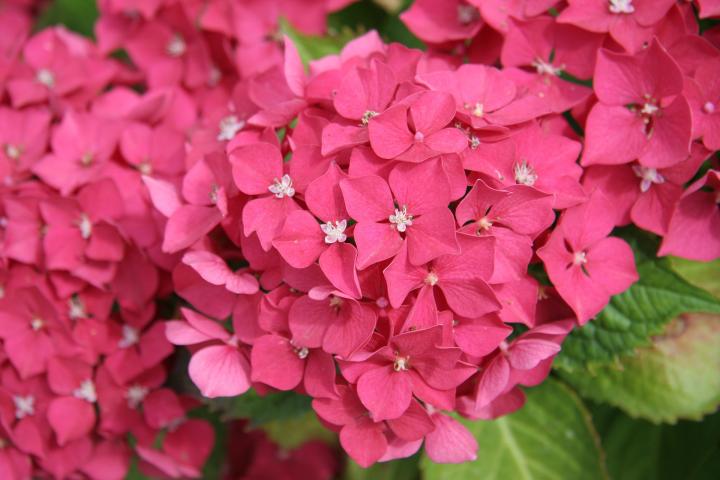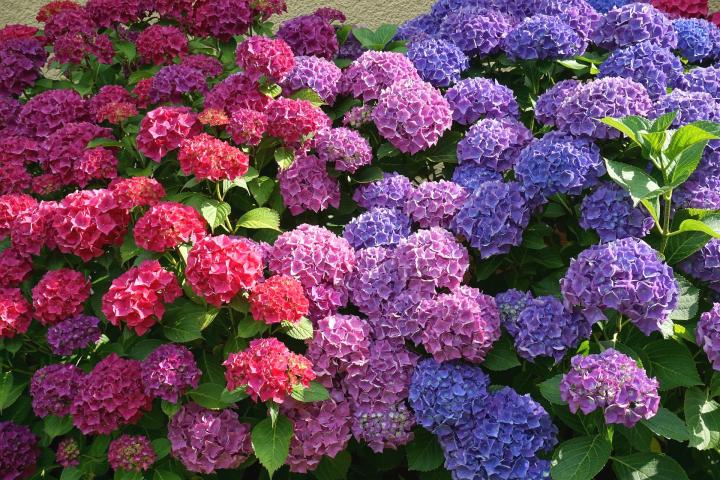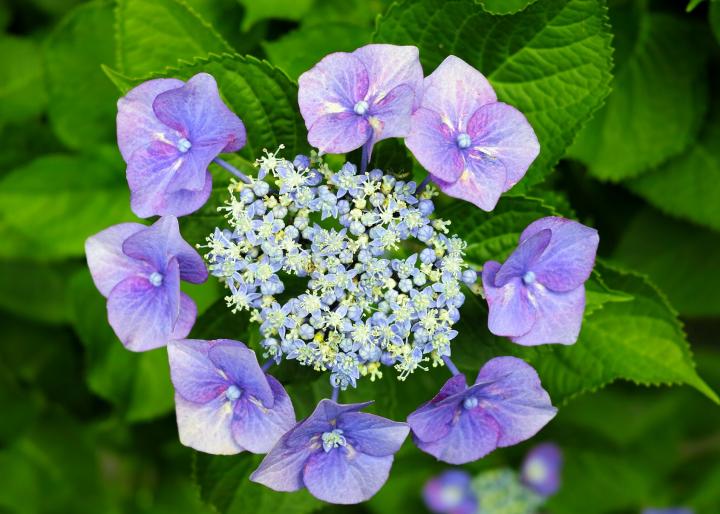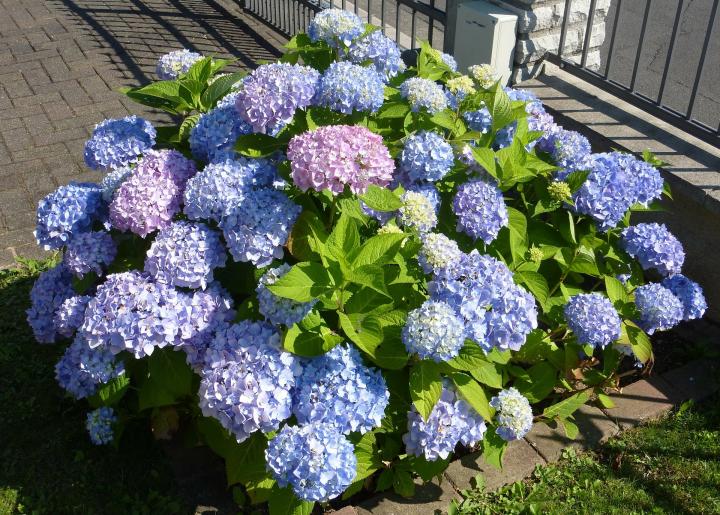
How to Plant and Care for Hydrangeas
ADVERTISEMENT
Can you divide a hydrangea? Mine is overgrown and needs to be divided?
Hi, Julie, Yes, you can divide a hydrangea. Look for natural separations in the rootball; it’s a lot like dividing a perennial flower. Shoots emerge from the perimeter of the plant and these should have their own root systems. Separate them by hand or with tools. Mid- to late fall is the second-best time to do this, by the way. The best time is very early spring, when the “new” plants have the whole growing season to become established.
I was given a hydrangea bouquet to put indoors in a vase. I was wondering if any part of the plant including the leaves is toxic to a pet cat?
Yes, hydrangea leaves are toxic to cats and dogs. Typically it causes mild indigestion or vomiting, but can be more dangerous if large amounts are consumed.
I have a hydrangea received it for mother’s day. I had it on my windowsill
Watered it when needed,now it is all dried up like it’s dead. Is it supposed to be like that ? I really don’t know how to take care of it.
HELP Please



 Image: Lacecap hydrangea
Image: Lacecap hydrangea








Comments